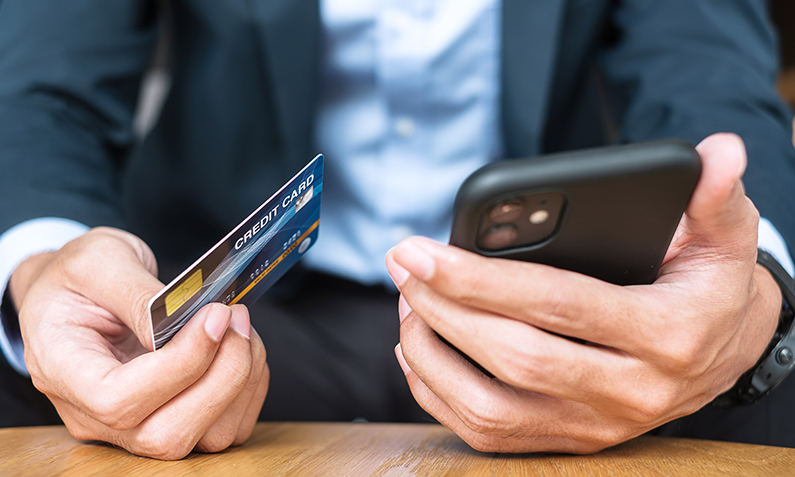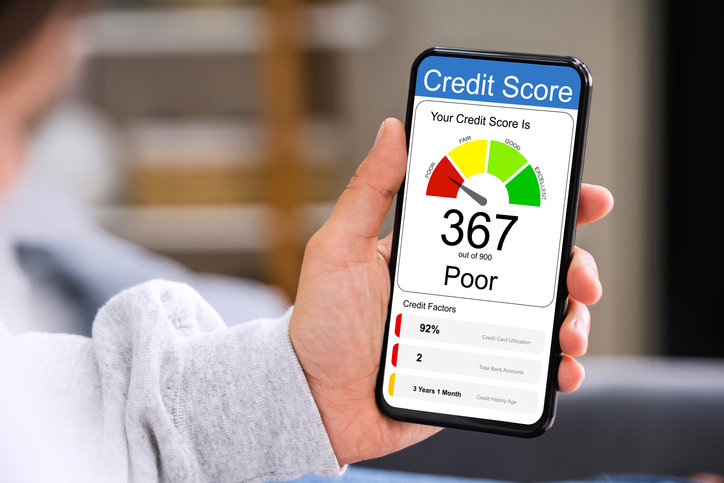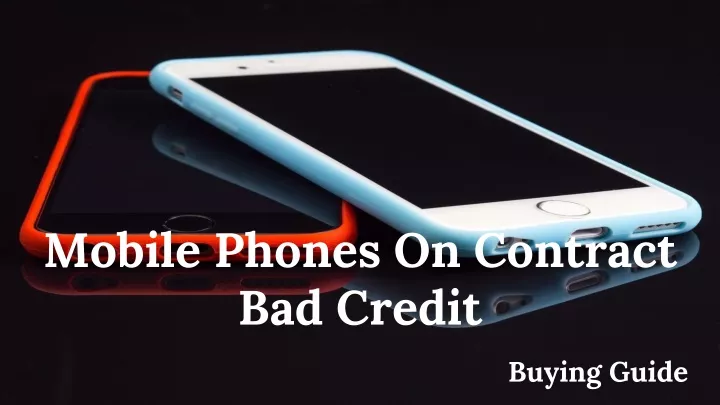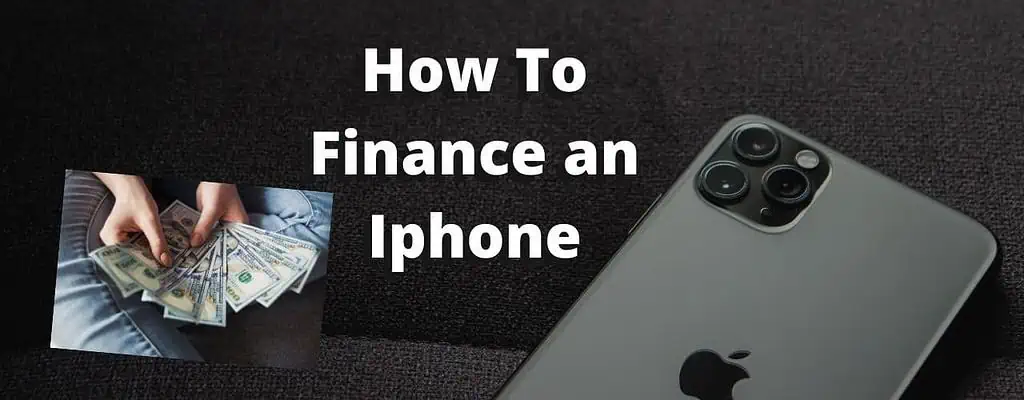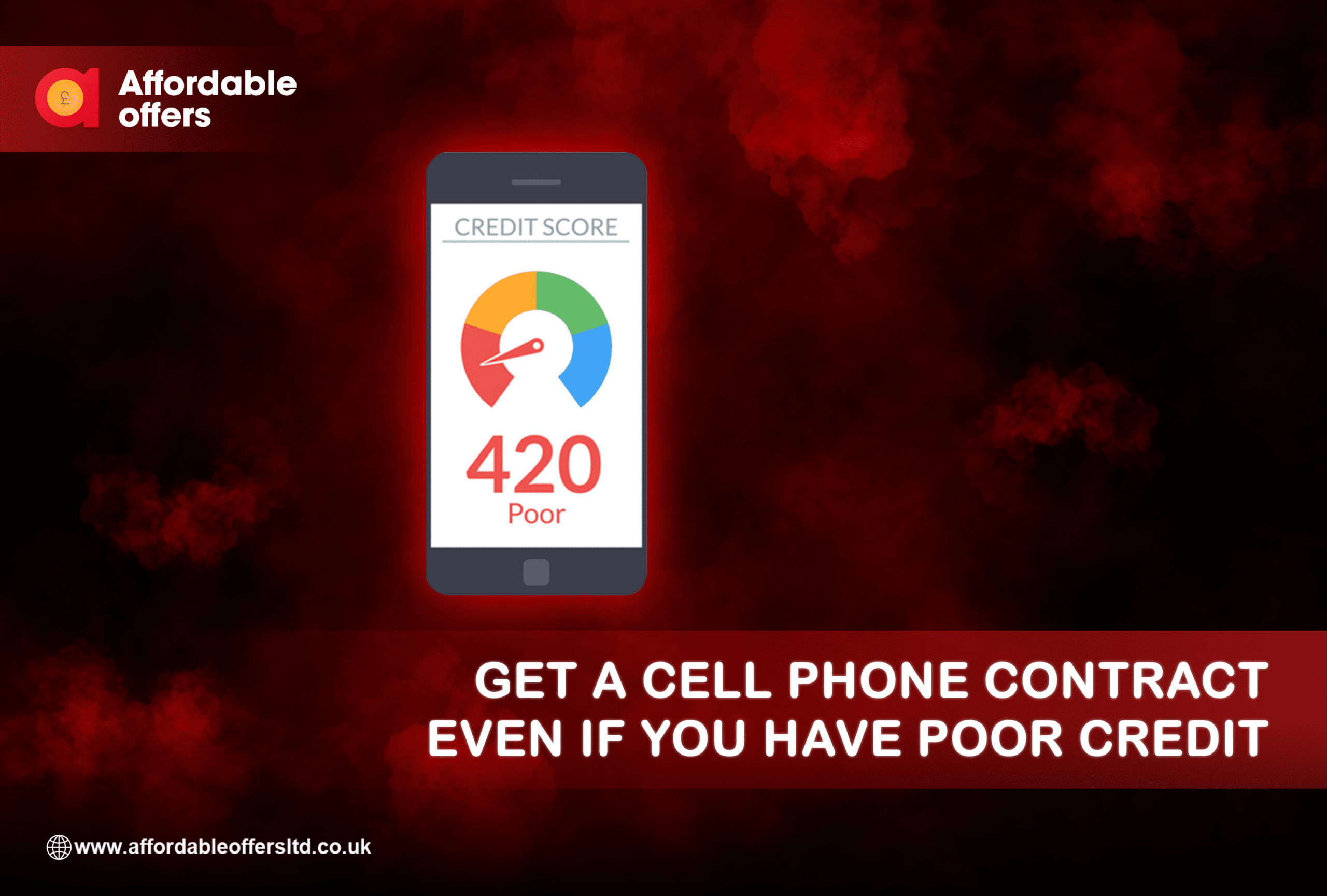Get A Phone With Bad Credit

Millions of Americans with poor credit scores face a critical challenge: accessing essential communication. This article breaks down how to secure a phone plan and device despite a low credit rating, offering immediate solutions and essential information.
Connectivity Crisis: Phone Access for the Credit-Challenged
A low credit score shouldn't mean being cut off from the world. Affordable communication is now more critical than ever, and several options exist to bypass the traditional credit check barriers.
This guide provides immediate, actionable strategies for securing a phone and plan, even with bad credit.
Understanding the Barriers
Traditional phone carriers often require credit checks. These checks determine eligibility for service plans and impact upfront costs.
A poor credit history can lead to denial or require a substantial security deposit. Data from Experian indicates that roughly 34% of Americans have fair to poor credit scores, creating a widespread need for alternative solutions.
Prepaid Plans: The Immediate Solution
Prepaid phone plans are the most accessible option for individuals with bad credit. These plans require upfront payment for a set amount of data, talk time, and text messages, eliminating the need for a credit check.
Major carriers like Verizon, AT&T, and T-Mobile offer prepaid options. Numerous smaller providers, such as Mint Mobile and Visible (owned by Verizon), provide competitive rates and flexible plans.
These prepaid options allow you to control your spending and avoid unexpected overage charges.
Securing a Device: Options Beyond Traditional Financing
Acquiring a phone can be a hurdle if you have bad credit. Financing options are often unavailable, but several alternatives exist.
Buying a phone outright is the simplest approach. Consider refurbished devices to save money; many reputable sellers offer warranties and guarantees on used phones.
Websites like Swappa and Gazelle provide platforms for buying and selling used electronics. Amazon and Best Buy also have certified refurbished programs.
Government Assistance Programs: Lifeline and Affordable Connectivity Program (ACP)
The Lifeline program and the Affordable Connectivity Program (ACP) offer subsidies to low-income households for phone or internet service. These programs can significantly reduce monthly costs.
The ACP provides eligible households up to $30 per month towards internet service, and up to $75 per month for households on qualifying Tribal lands. The Lifeline program offers a discount on phone or internet service.
Eligibility requirements vary but often include participation in government assistance programs like SNAP, Medicaid, or SSI. Apply directly through the Universal Service Administrative Company (USAC) website.
Secured Credit Cards: A Long-Term Strategy
While not an immediate solution for getting a phone, a secured credit card can help rebuild credit. Responsible use and timely payments can improve your credit score over time.
Secured cards require a cash deposit as collateral, reducing the lender's risk. Many secured cards report to the three major credit bureaus: Experian, Equifax, and TransUnion.
After establishing a positive payment history, consider applying for a standard, unsecured credit card, which can open up more phone financing options in the future.
Beware of Predatory Offers
Be cautious of companies offering guaranteed phone financing with suspiciously high interest rates or hidden fees. These offers often target individuals with bad credit and can lead to debt traps.
Always read the fine print and compare offers from multiple providers. Check the Better Business Bureau for complaints and reviews before committing to any agreement.
Next Steps and Ongoing Developments
Start by exploring prepaid phone plans offered by major and smaller carriers. Research the Affordable Connectivity Program (ACP) and Lifeline to determine eligibility.
Consider purchasing a refurbished phone to save money. Actively work to improve your credit score by paying bills on time and managing debt responsibly.
This is an evolving landscape. Stay informed about new programs and initiatives designed to bridge the digital divide and ensure affordable connectivity for all.


